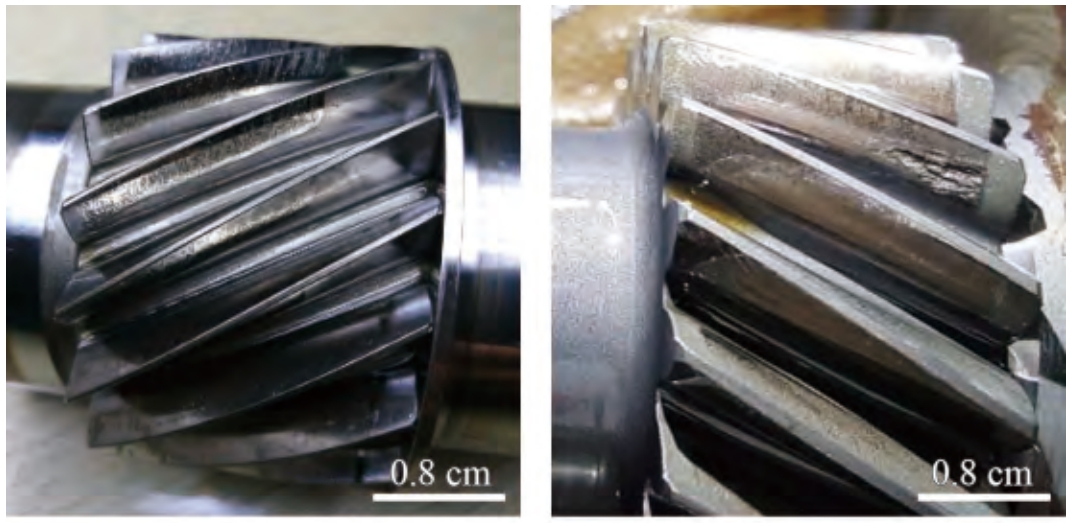Drums play a significant role in various cultures and music. This article aims to provide a detailed exploration of the drum manufacturing process.
I. Introduction
Drums have a long history and are an important part of musical culture. Different regions and cultures have their own unique drum-making techniques and styles.
II. Different Drum-Making Techniques
A. The Traditional Drum-Making Process in Shilong Xichang
The traditional process of making Shilong Xichang drums is complex and time-consuming, generally including four main procedures: drum barrel making, drum membrane production, covering the drum skin, and painting and coloring.
- Making the drum barrel: The preferred materials for the drum barrel are water banyan wood, or bitter neem wood. The process involves cutting the boards according to the required sections, marking them with ink lines, sawing them into bow shapes, drying them in the sun, and then bonding them together with self-made cowhide glue to form a tightly fitting drum barrel.
- Producing the drum membrane: Fresh water buffalo skin is selected, and the hair on the surface and the fat layer inside are removed. Appropriate anti-corrosion treatment is carried out, and then it is cut into pieces according to the required specifications, tensioned and fixed, and air-dried for later use.
- Covering the drum skin: The cut circular cowhide is covered on the upper end of the drum barrel, holes are made around the cowhide, and ropes are passed through and tied to the lower end of the drum tensioning machine. The drum surface is tensioned, and the tone is adjusted, and then fixed with nails.
- Painting: Primer is applied to the polished drum barrel, followed by topcoat, and finally, the store number is written on it.
B. Techniques in other Regions
- In Raoyang, Hebei Province, the process of making Chinese drums involves 16 procedures, including sawing the wooden boards, bonding the drum cavity, polishing, covering the skin, painting, and packaging. A drum with a clear tone requires going through these high-standard procedures.
- In Huangjiazhuang, Gaocheng District, Shijiazhuang City, the process of making war drums includes sawing wood, bonding the drum cavity, polishing, covering the drum skin, painting, and other 9 procedures. It takes more than ten days to complete one drum.
III. Examples of Drum-Making
A. The Story of a Master in Taiwan
Wang Xikun, a master drum-maker in Taiwan, is the inheritor of the Xiangrenhe Drum. Despite not being exposed to drum-making until the age of 20, he decided to learn the craft after his father’s sudden passing. Through numerous attempts, he mastered the optimal temperature for boiling cowhide to remove the epidermis and hair, which is 85°C. The process of making a drum skin is rather complex, including boiling, shaving, drying, and tensioning the skin. And a good drum takes about 10 years to be born. One of the characteristics of the Xiangrenhe Drum is stepping on the drum surface. This process requires physical strength and determines the tension of the drum surface, allowing the percussion sound to reach the best state. Without a tuner, Wang Xikun relies solely on his ears to adjust the tension of the drum surface. Only when he hears a thick and resonant drum sound with his eyes closed will he give the confirmation.
B. Skills Passed Down in Ansai
In Ansai, Shaanxi Province, one of the few artisans who handcraft waist drums. The process of making a waist drum involves around 10 to 12 pieces of drum leaves, more than 70 blister nails, two pieces of cowhide, and two drum rings. Just for the drum body, there are approximately ten procedures such as using raw wood, square wood, bowstring wire, saw blades, drying, gluing, sanding, painting, polishing, drilling holes, nailing drum rings, and attaching the skin. Currently, in the entire Ansai area, there aren’t many artisans who possess this skill. Now, Wang Yongjun’s workshop can produce about 2,000 waist drums each year, and he has also taken on a few apprentices, including his eldest son, Wang Tao. He insists that “We can’t let the heritage of our ancestors end with me; it has to be passed down from generation to generation.”
IV. The Significance and Challenges of Drum-Making
The manufacturing process of drums not only represents a traditional handicraft but also conveys the cultural heritage and artistry of different regions. However, with the development of modern technology and changes in the market, drum-making faces certain challenges. For example, the loss of traditional craftsmanship, the decline in the number of artisans, and the impact of modern musical instruments on the market for traditional drums.
V. Conclusion
In conclusion, the process of making drums is a combination of traditional craftsmanship and cultural heritage. Each region’s drum-making techniques have their own characteristics, and the artisans pass on their skills and experiences from generation to generation. However, in the modern era, we need to pay more attention to protecting and inheriting these precious cultural heritages to ensure that the art of drum-making can continue to thrive and develop.

